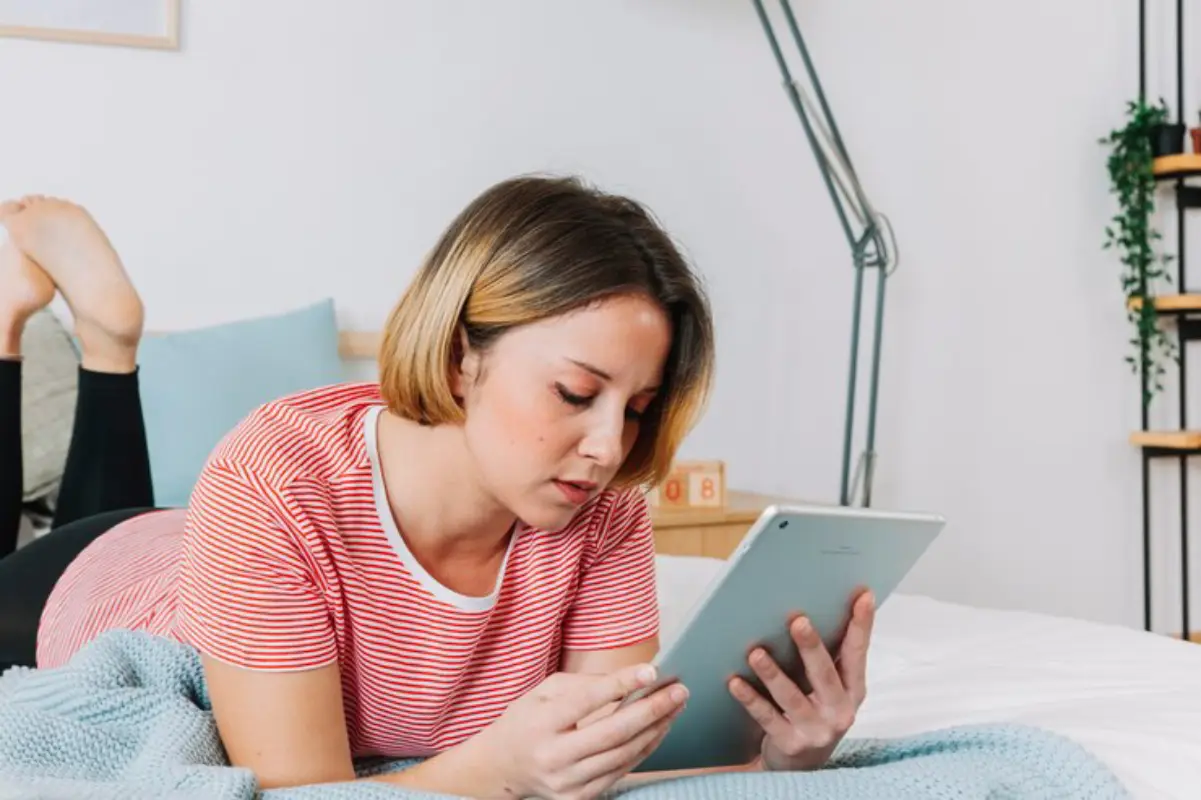Smart Tips for Daily Digital Well-being
The world has become increasingly wireless in life. From the start of the day until bed, digital devices never leave reach. Smartphones monitor sleep, broadcast morning news, and manage smart appliances for the home. Work computers, fitness monitors, Wi-Fi-capable speakers, and gaming consoles sit in homes and offices.
Pew Research Center figures indicate that almost every U.S. adult possesses a handheld phone, with high-speed wireless connectivity growing in urban and rural areas. The devices afford business productivity, the ability to connect distant loved ones, and the availability of immense information in an instant.
The proliferation of connected devices brings families into contact with dozens of radio signals every day, either in active use or just in the background. Increasingly, consumers seek out trusted digital health information, such as Aires Tech, an online source that emphasizes new best practices, advanced science, and advice for safer wireless use. As homes become increasingly equipped with smart thermostats, cameras, and healthcare devices, larger discussions start about how best to use and safely harness the power of such technology.
Contents
- 1 Shared Issues Regarding Wireless Exposure
- 2 Tips For Every Day Reducing Wireless Exposure
- 3 Developing Healthier Technology Habits in the Home and Workplace
- 4 The Value of Disconnection: How to Recharge Offline
- 5 Family-Friendly Habits for a Healthier Tech Environment
- 6 What Science Says About Digital Well-being
- 7 Looking to the Future of Wireless Safety
- 8
As technology goes increasingly wireless, concerns about the health impact increase too. There is disagreement about whether common radiofrequency (RF) energy sources like routers, cell towers, and Bluetooth devices might cause harm after years of low-level exposure.
While the overwhelming amount of existing literature doesn’t reveal any conclusive correlation between normal wireless exposure and negative health consequences, many want visibility and ongoing monitoring as technology develops. Some ask whether the total impact of innumerable wireless devices might make a difference in the long term, with special emphasis on children who are still in the process of developing.
Reputable sources can distinguish myth from reality. The CDC summary about non-ionizing radiation provides an approachable, science-based entry into the ways in which forms of wireless energy affect the human body. Guidance based on science and straightforward talk is essential for enabling homes to make knowledgeable choices and for ensuring awareness, and not anxiety, informs technology usage.
Tips For Every Day Reducing Wireless Exposure
Keep phones and tablets at least several inches from your body, even when in use. Have the devices on the table or shelf, rather than in a pocket or against the ear when calling. Speakerphones or wired headsets, particularly with children and adolescents, can reduce direct exposure.
Switch the devices into airplane mode at night and during off-hours. It is an easy action that deactivates unnecessary wireless features, saves power, and may reduce nighttime low-level exposure.
Unplug Wi-Fi routers in the evening or while you are away. Some find it enhances their sleep and their own sense of calmness. Most new models come with the convenient function of letting the routers turn off at designated times.
Charge toys and devices that are wirelessly enabled in an area for the whole family, not adjacent to the child’s bed or play area. Use hands-on play with building blocks and books.
Turn off Bluetooth, location tracking, and other wireless features when not in use. It helps preserve privacy, and it can minimize cluttered signals in the home and public areas.
No single action is a panacea, yet combining several can greatly reduce day-to-day exposure, establish new tech-awareness habits, and leave families in greater control of their digital surroundings.
Developing Healthier Technology Habits in the Home and Workplace
It is important to embrace technology, yet create boundaries. In the home, declare some rooms, such as the dining room, or some times, such as after 9 p.m., as off-limits for devices. Removing the phone and computer from the dinner table or instituting a “no screens after 9 p.m.” policy are pragmatic ways for promoting conversation, presence, and sleep.
In the workday, taking breaks from the screen every 30–60 minutes counteracts digital eye fatigue, relieves physical tension, and rejuvenates focus. Blue light filtering on computers and smartphones—whether through built-in features or stand-alone software—can further minimize fatigue, particularly for those who work late in the evening.
These habits enhance physical well-being, concentration, creativity, and social bonding, enabling individuals to derive the best from technology without being swamped by it.
The Value of Disconnection: How to Recharge Offline
The worth of screen-free spending needs no emphasis. Taking a walk outdoors, tending the garden, reading an old-school novel, meditating, or cooking dinner together all serve as ways to become engaged with the now. Research confirms that digital disconnection for stretches of time leads to enhanced sleep, reduced stress hormones, and enhanced attention spans.
Having “unplugged hours,” or designating a particular evening for an evening without technology, such as an evening playing board games or sharing stories, may be an asset for families. Designating bedrooms as screen-free zones is another way to help establish healthy sleep routines and emotional well-being.
Family-Friendly Habits for a Healthier Tech Environment
When children and adults work together, the home surroundings become simpler and better for families. Show children through your own example how putting the phone away while speaking is important, and why balanced routines work. Create routine tech-free mealtimes and simple curfews for devices. Support downtime for open-ended play, projects, and outdoor adventures, reminding them that technology is just one among many options, not the default.
Quick Tips for Families
- Establish and impose technology curfews in the evening, differentiated according to age if necessary.
- Set aside one time during the week (such as Sunday morning) as a family digital detox, with all family members unplugging for several hours.
- Talk with children about online safety and privacy, and adjust parental settings at regular intervals as children age.
Open discussion and active habits prepare children for responsible tech usage well into the future, in turn making them confident in traversing an interconnected world.
What Science Says About Digital Well-being
Scientific data indicates that chronic exposure to wireless signals at the intensities put out by today’s equipment is not physically damaging. The World Health Organization, the CDC, and other regulatory agencies continuously review recent studies on the safety of radio waves, such as the implementation of new network types and intensities.
Topics of special interest include the impact on young children, nighttime exposure, and new wireless technology. The psychological consequences can be as profound for households and individuals managing screen use. Overload on digital media has previously been associated with increases in stress, sleep disturbances, and poor emotional well-being.
Reliable advice from such sources as the Mayo Clinic can assist individuals in learning how to organize technology to foster digital wellness. Most experts agree that intention and balance, not strict abstinence, lead to healthy, long-lasting consequences.
Looking to the Future of Wireless Safety
Wireless innovations like 5G revolutionize how society connects, educates, and works from almost any location. New technology holds the promise of lightning-fast speed and fuels progress, yet inevitably, it brings questions about how the human body acclimatizes to new digital surroundings. As the infrastructure evolves, open dialogue and sound science will assist consumers in being well-informed and empowered.
The future of wireless safety is in the hands of those who balance action with learning. As individuals remain aware—seeking current, evidence-based knowledge, families and individuals alike can reap the rewards of technology while maintaining well-being and peace of mind. Small steps today can yield rich, lasting payoffs for all who share this constantly connected world.

